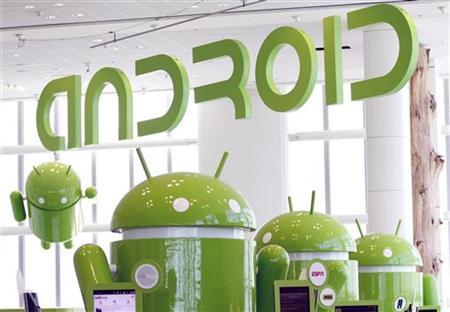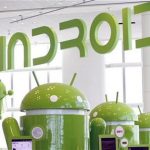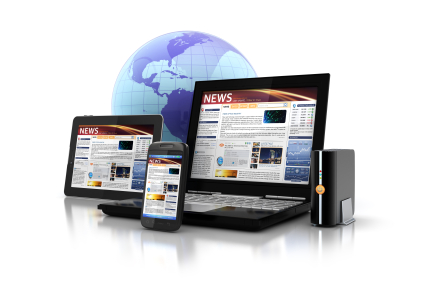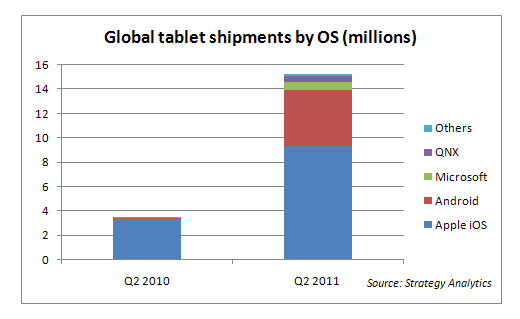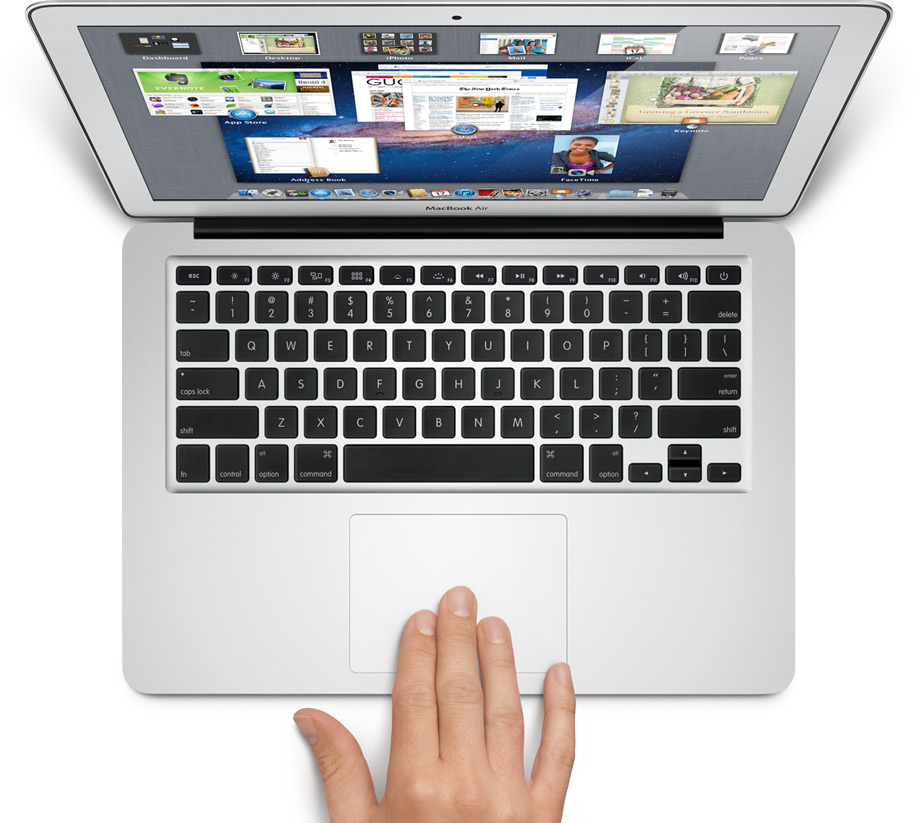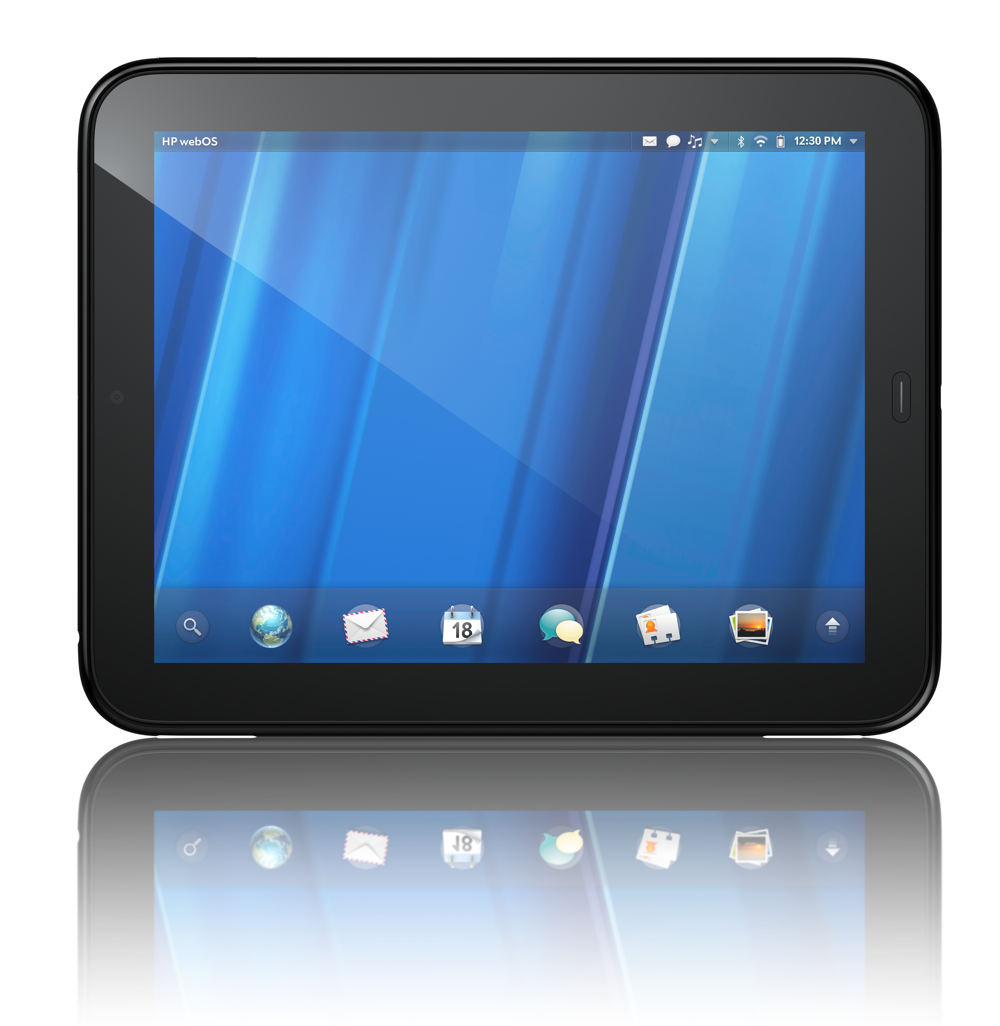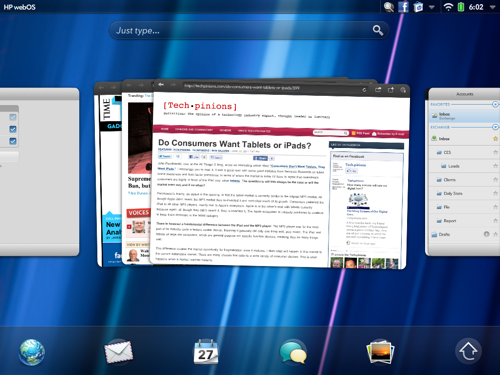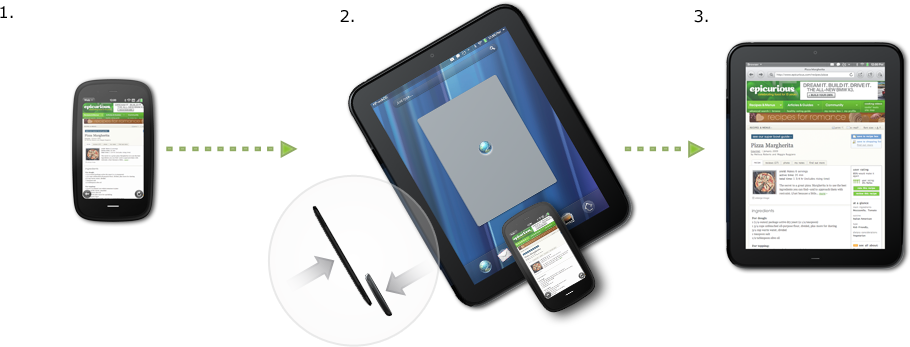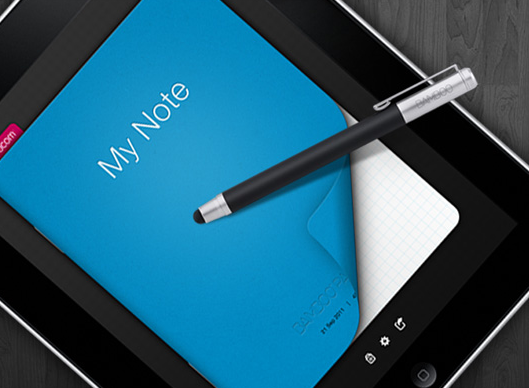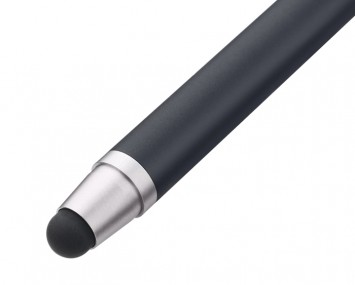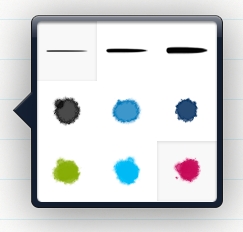I was being interviewed by a journalist recently where the discussion was around the impending release of an Amazon Tablet. I enjoy helping journalists out with stories and I gladly accept interview requests because the discussion is always engaging and often helps sharpen my own thoughts on a subject.
This was the case again when I was asked why a tablet is important to Amazon’ business and business strategy. That is the question i’d like to address in this analysis.
A Tablet is Amazon’s Brick and Mortar
Here is an analogy: a tablet is to Amazon what a physical store is to Wal-Mart.
If you think about Amazon’s business, it started with selling books online and then quickly became a place where consumers can buy just about anything and shop competitively from one single location. It just so happens however that this location is not physical it resides fully within your browser. Amazon’s location is virtual.
To contrast, a company like Wal-Mart is evolving into the digital age with a strategy that includes their brick and mortar stores. To some degree Barnes and Noble is doing something similar but only in the realm of books. Amazon however has no intentions to create a physical location where you walk in to experience their service. I would argue however that Amazon is very interested in giving you a physical storefront and it started with the Kindle.
The Retail Experience Matters
I wrote an article on Why Apple Retail is Key to Their Competitive Advantage. In that article I highlight some key things about retail.
Any retailer will tell you how important the overall retail experience is to their success. Some companies do retail poorly and others do retail extremely well.
The Kindle for Amazon started completely around discovering, purchasing and reading books. The Kindle is the retail storefront to Amazon’s digital book library.
I believe that the evolution of the Kindle will follow Amazon’s business evolution. It started with books then included everything else. Which is why this next device that will most likely be a fully featured tablet will also come with Amazon’s complete shopping experience built in. This includes not just digital storefronts like books, music and movies but physical items as well. Since Amazon is one of, if not the largest digital storefront, it benefits them to get devices on the market where they control the shopping experience.
This is one of the reason’s I believe Amazon re-jiggered their iOS app strategy to stay away from Apple’s transaction model and fees. I don’t believe this move was just about avoiding fees but that Amazon wanted to control the user experience with their storefront instead of Apple. This is why previously with the Kindle app on iOS the Kindle store launched a web browser and took you out of Apple’s ecosystem and into Amazon’s.
Reflecting on that point briefly it becomes clear that Apple’s app store commerce model works for those for whom billing and storefronts are a problem but it does not work for those companies who have spent millions of dollars perfecting their own e-commerce experience.
Amazon also has an interesting strategy with their Prime service that could be strategically integrated as well with their tablet. Perhaps Amazon gives better deals or promotions to those who own the tablet thus incentivizing more purchasing from their store directly on the tablet.
This is why I believe a tablet is strategic for Amazon. Of course they can and will make sure their services are available on every device imagineable. However if they bring a device to market that is a full blown tablet but also includes the most elegant and seamless experience to research, discover and purchase from; then that device becomes the retail storefront to everything Amazon sells – and more.
Further Reading on Amazon:
How Amazon Could Own the Android Tablet Market




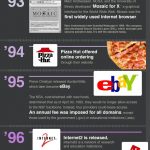 Click here to see the full image.
Click here to see the full image.

